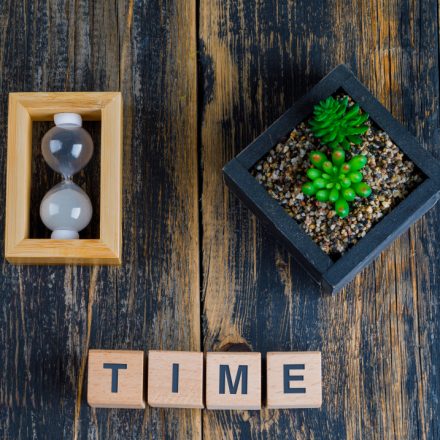
Finding Meaning in Everyday Actions: How Simple Rituals Shape Our Lives
The Hidden Layers of the Ordinary: How Small, Repeated Actions Build the Framework of Purpose, Belonging, and Emotional Coherence in Our Everyday Lives
Beneath the surface of our most mundane moments lies a quiet architecture of meaning that most of us fail to recognize. Every small gesture—pouring coffee into the same worn mug each morning, straightening the sheets before stepping out of bed, or pausing to watch the evening light fade through the trees—becomes part of an invisible pattern that organizes our internal world. These simple rituals are far more than habits; they stitch together the fragments of our time into something that feels consistent, reliable, and deeply personal.
Psychologists have long studied the significance of routines, noting how repetition creates a sense of safety and stability in an otherwise uncertain world. Rituals, even those that appear trivial, calm the nervous system and provide a structure through which we interpret experience. Yet beyond that pragmatic function lies something more profound: the emergence of meaning from motion. When we engage in small, self-created rituals, we aren’t merely performing tasks; we are reaffirming continuity between who we were yesterday, who we are today, and who we hope to become tomorrow.
A cup of tea after a long day might represent self-compassion. Writing a few reflective lines before bed might signal a desire to understand the narrative arc of one’s life. Even chores shaped by necessity—washing dishes, watering plants, sweeping the porch—carry within them a small but powerful connection between the inner world of intention and the outer world of action. Through them, we turn survival into participation.
The sensory familiarity of these moments—the hiss of boiling water, the scent of soap, the golden slant of morning sunlight—anchors our memories and emotions in something tangible. It’s as if these fragments of routine become touchstones, allowing us to feel not only continuity but coherence. Meaning rarely arrives through grand revelation; it grows quietly, fed by attention and presence.
To find meaning in everyday actions is, at its heart, an act of awareness. It is the decision to notice what we are already living, to slow enough to recognize the sacred within the ordinary. The gesture repeated each day—no matter how small—becomes a rhythm that grounds us, a deliberate beat that sustains the melody of becoming.
The Rituals That Shape the Self: Transforming Repetition Into Resonance and Finding Intention in the Movements That Quietly Define Our Stories
To speak of rituals is to speak of the meeting point between time and attention—between what we do and what those actions reveal about who we are. The rituals that shape our lives are rarely grand or ceremonial; they unfold in humble spaces, built from humble acts. They live in the quiet pause before a meal, in the way we greet a friend, or in the moments we dedicate to creating something by hand. These seemingly simple practices become the scaffolding that holds our days together, guiding us through transition, uncertainty, and routine with a sense of rhythm and care.
When repeated with awareness, ordinary actions take on symbolic weight, transforming from mechanical movements into meaningful gestures. Lighting a candle before journaling may signify a readiness to reflect. Tidying a desk before beginning a project might signal mental preparation and respect for the work ahead. By choosing to perform these acts consciously, we imbue them with story—the story of our values, our hopes, and our ongoing transformation.
Across history and culture, rituals have served not only as expressions of community but also as personal technologies of meaning. They help us confront change, manage emotion, and maintain identity amid flux. In today’s fast-moving world—where attention is scattered and the pace rarely allows for pause—the reclamation of ritual is more urgent than ever. Establishing small, consistent gestures of grounding is a way of saying: not all moments are disposable; not all minutes must be efficient to have worth.
Through repetition infused with intention, we transform monotony into melody. Folding laundry can become a meditation. Preparing breakfast can become a daily act of love. These small choices remind us that presence itself is a form of artistry, and every act, when done with care, resonates far beyond the span of the moment.
The beauty of ritual lies in its accessibility. No one is excluded from it. It doesn’t demand elaborate belief systems or special materials—only awareness and sincerity. To locate ritual in one’s life is to ask: What grounds me? What small acts bring me peace, clarity, or a sense of alignment? Once identified, these gestures can become personal anchors, stabilizing us in both joy and uncertainty.
Over time, such actions form a lived mythology—a quiet collection of moments that reflect perseverance, tenderness, and meaning. They remind us that identity is not built solely from milestones or achievements but from the cadence of what we choose to repeat. In this way, our everyday rituals become the language through which we tell the ongoing story of who we are—an evolving affirmation that life, in all its ordinariness, is still deeply worth showing up for.







